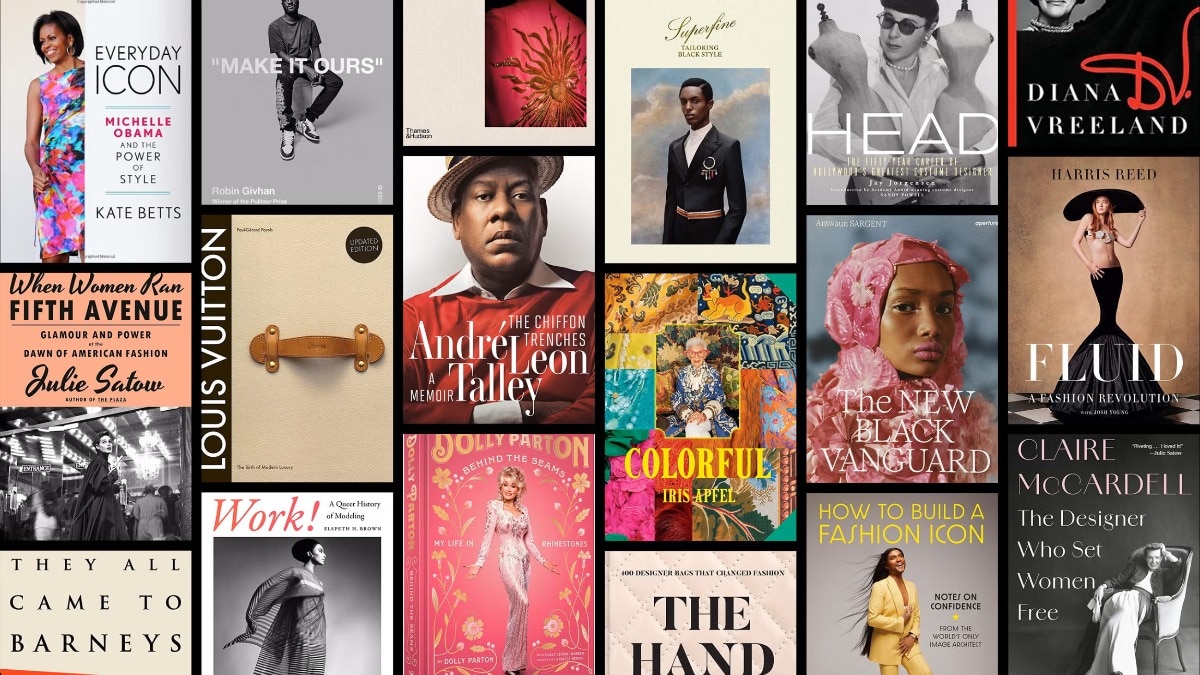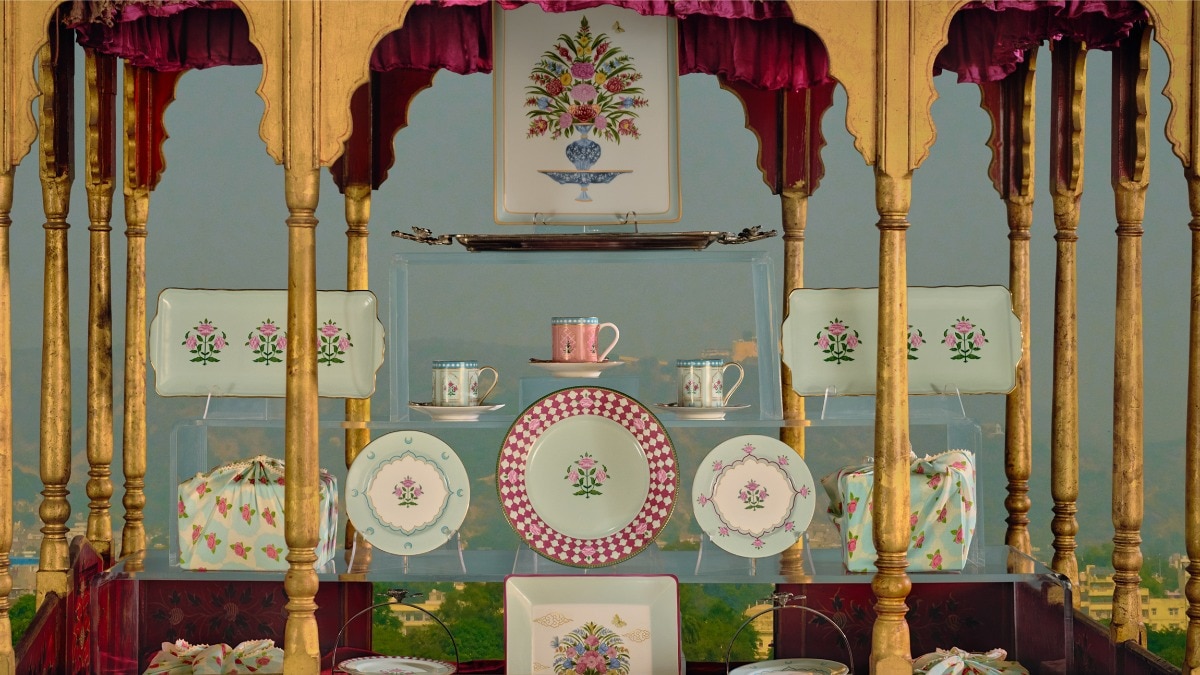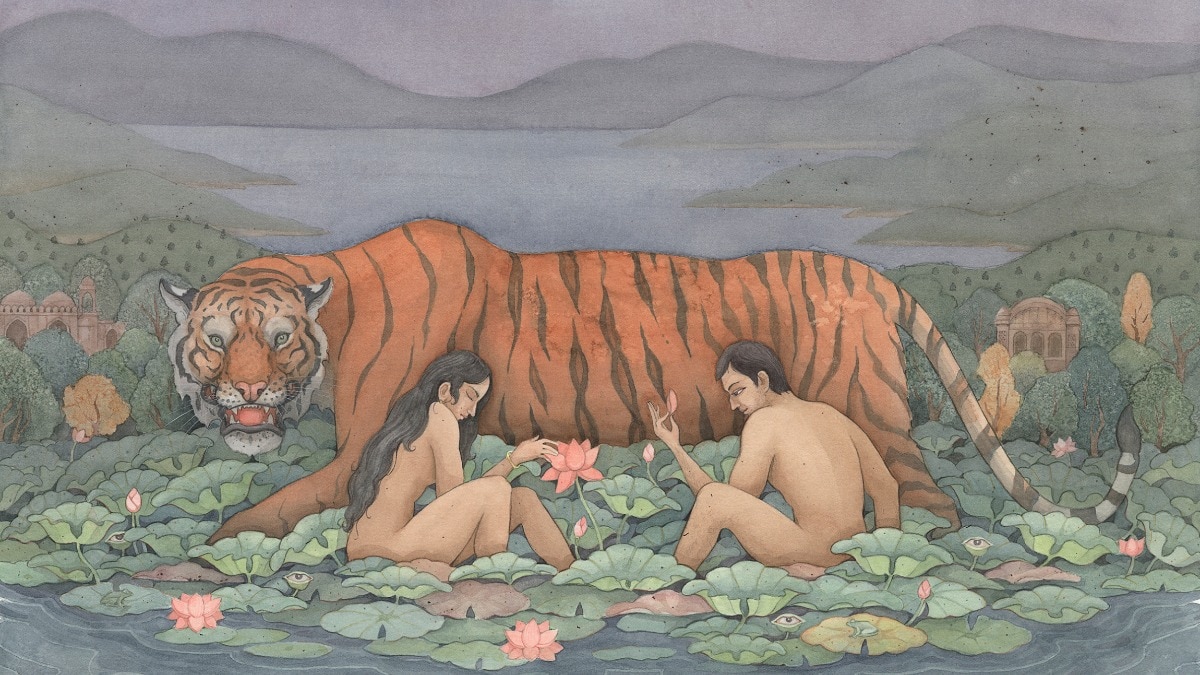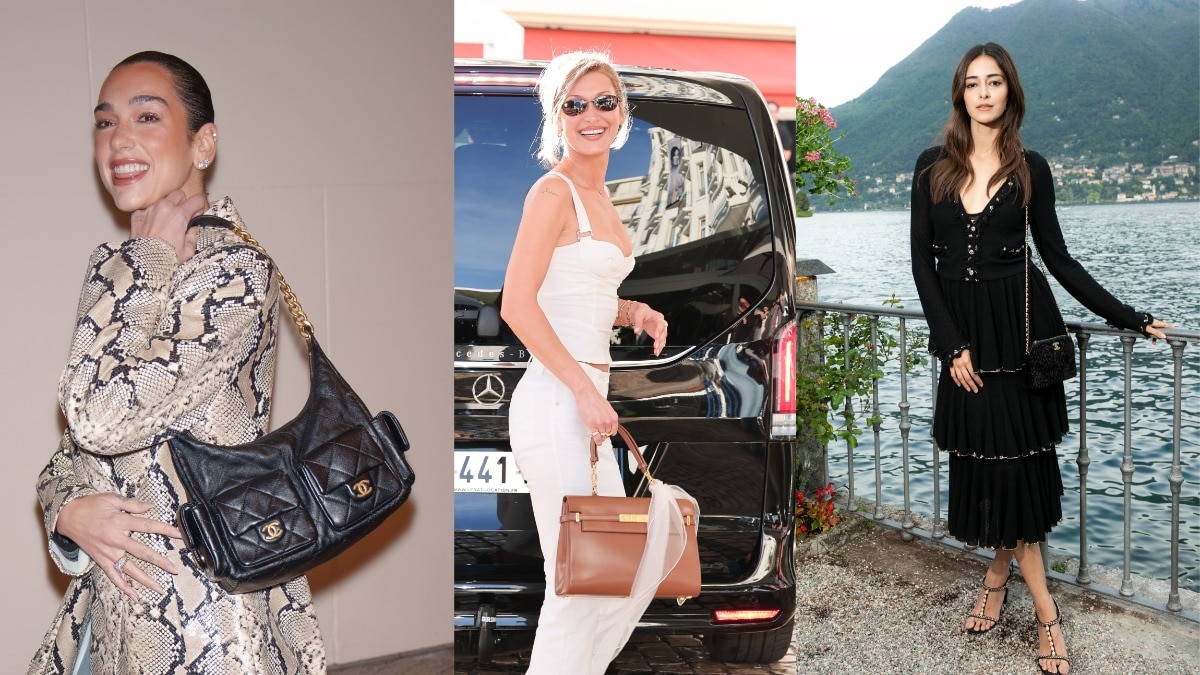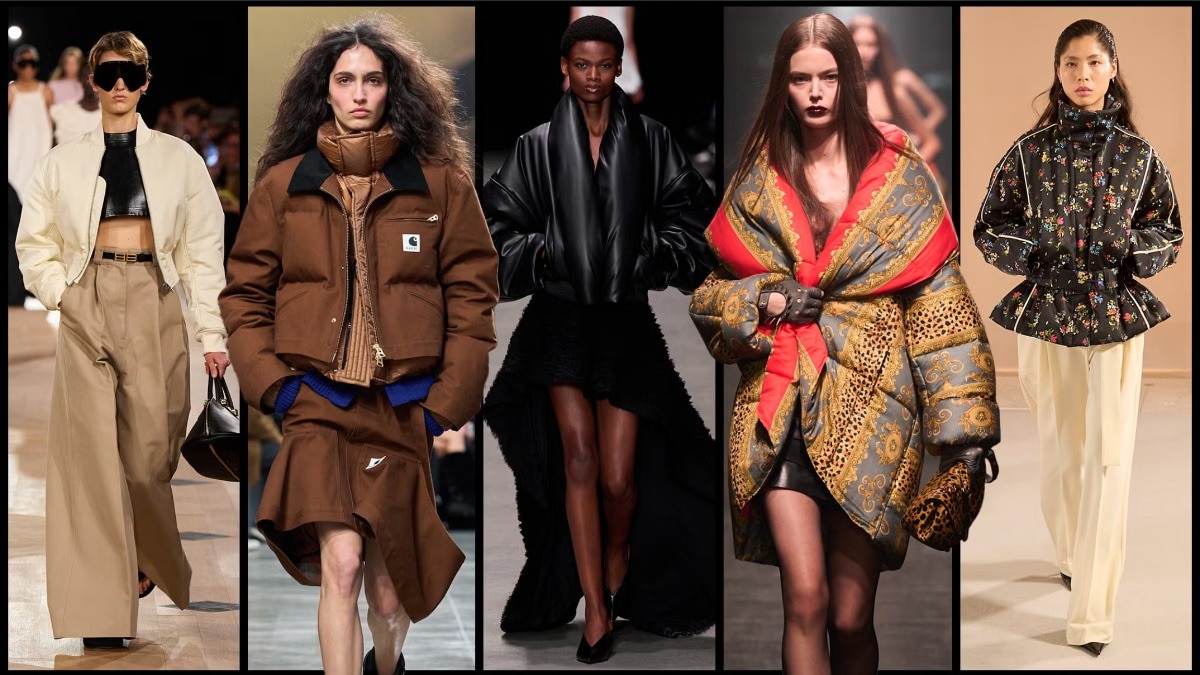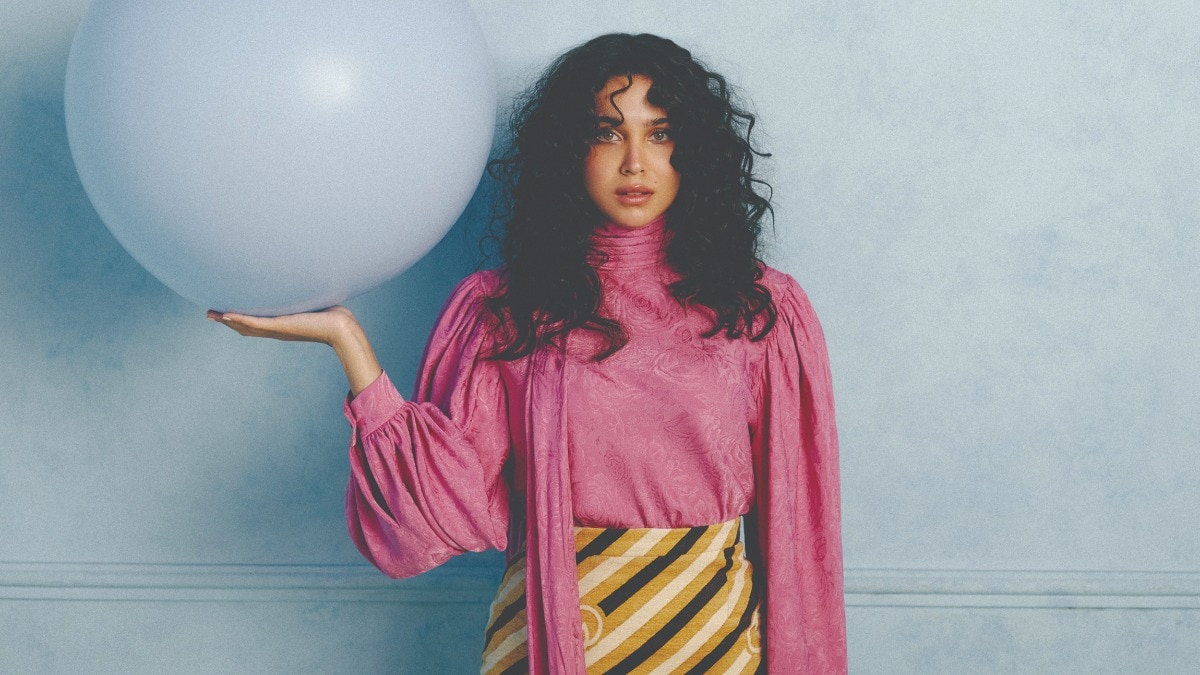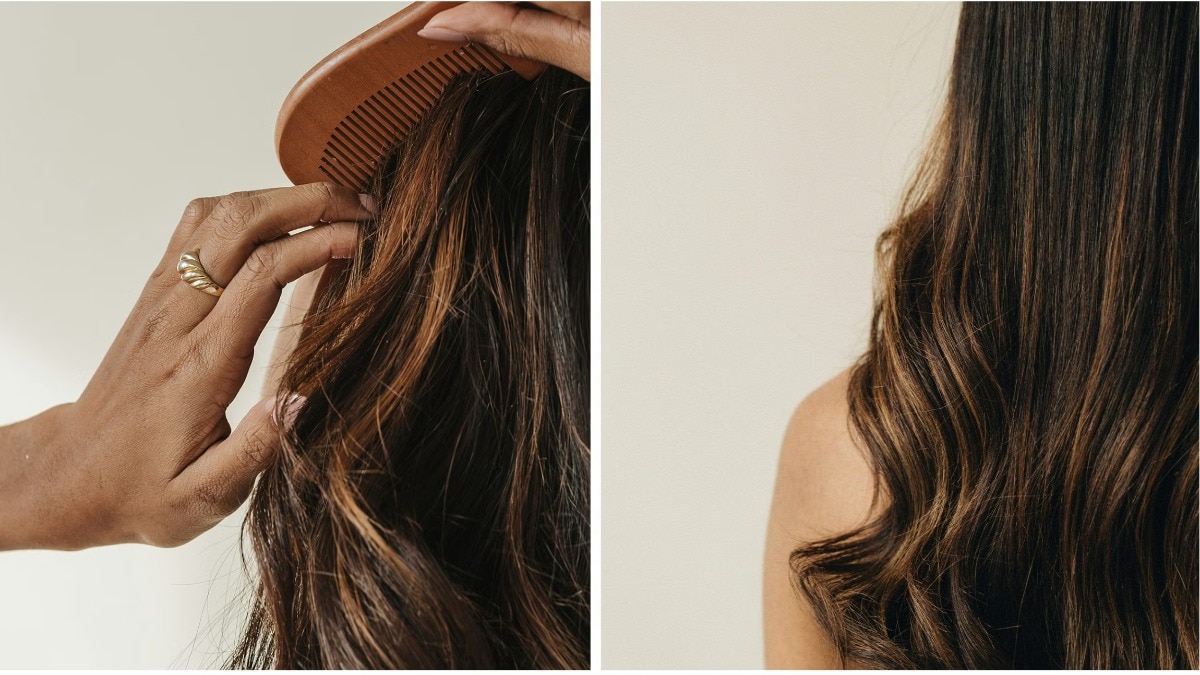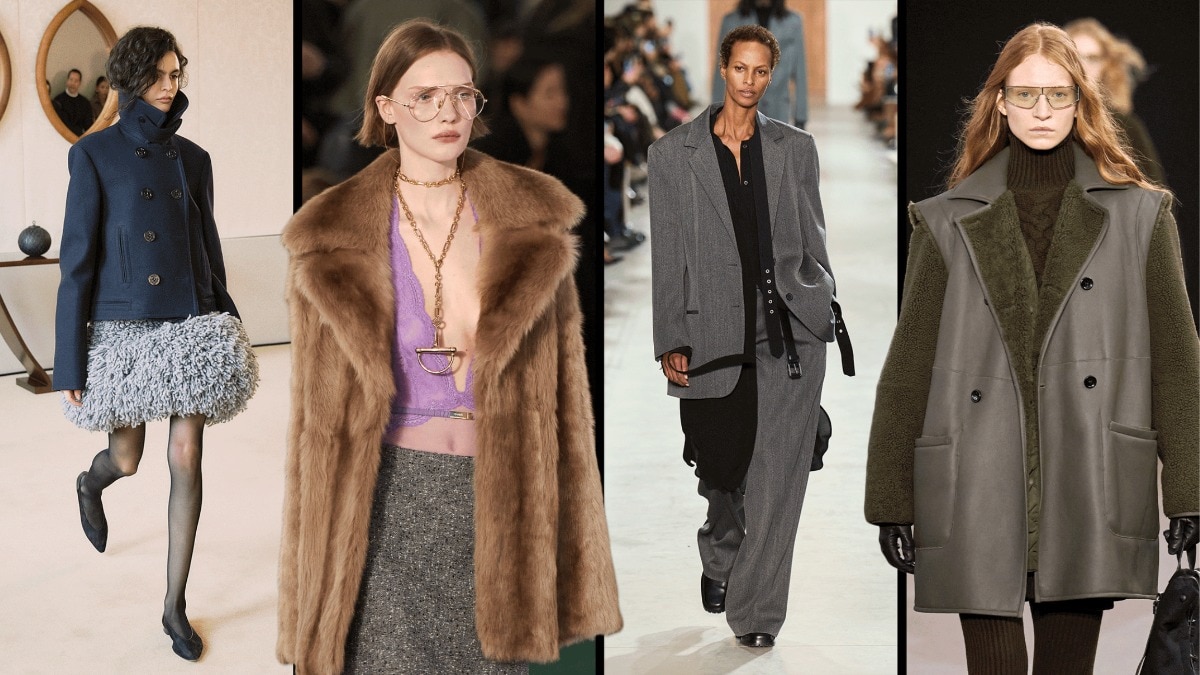A beginner’s guide to buying art
Navigating, risks, rationale, and much more—here’s how to make informed decisions.


If you have ever experienced a deep fascination for art, it’s likely that you have engaged in activities such as exploring art fairs, purchasing art books to peruse their pages, and seeking out galleries whenever you are in a new city.The emotional impact of art is undeniable, probably why you’ve thought about investing in one (and even thought of reading this article!). However, the process of buying art can be quite intimidating. One may wonder if they possess the financial means to purchase art. The reality of buying art is far less intimidating and much more enriching. It’s just not about aesthetics; it offers a unique avenue for self-expression and connection to something special.
WHY INVEST?
In contrast to other investment alternatives such as stocks, shares, and mutual funds, the value of art exhibits a distinct characteristic—it doesn’t depreciate.The Knight Frank Luxury Investment Index (KFLII) for 2023, designed to gauge the performance of different luxury assets, positioned art at the forefront. With an impressive average return of 30 per cent,art outperforms the second and third categories on the index, that were watches and jewellery respectively, effectively tripling their performance. However, it’s crucial to understand that art is a non-liquid asset, implying that it cannot be swiftly converted into cash. Sunny Chandiramani, senior vice president, client relations, at auction house AstaGuru emphasises that art investment enables individuals to contribute to cultural preservation, supporting artists, and fostering the creation of impactful works.
THE BUDGET
Prospective art collectors should research the market to grasp the price range of artworks by emerging and mid-career artists, ensuring realistic expectations. Consider various factors for informed decisions and explore avenues for acquiring authentic works at different price points. For example, AstaGuru’s Collectors Choice auction offers an ideal entry point for budding collectors; with bidding starting at a modest ₹20,000 which fosters an inclusive environment for new enthusiasts.Rhea Kuruvilla,Head of VIP Relations at Art Mumbai, dispels the widespread misconception that exceptional art is synonymous with exorbitant price tags. When earmarking your budget, adopt a pragmatic approach by assessing your financial capacity and aligning it with your vision and commitment to building an art collection.
THE RISKS
Treating art purely as an investment, divorced from personal connection and genuine appreciation, poses the greatest risk. Rhea warns against compromising the joy of art collection for mere financial gains. Teesta Bhandare, associate director of Art Mumbai and Founder of Art Garde, talks about the risks in investing in art and says that individuals sometimes become so overly focused on financial factors, and the pursuit of a ‘good deal’ that they overlook the fundamental aspect of art collection, which is whether they appreciate the artwork or not.
THINGS TO KNOW
“For a beginner to foray in art collection, a foundational step is educating oneself,” advises Sunny. Familiarise yourself with art history, contemporary trends, and emerging artists. Visit galleries, museums, and art fairs to develop a discerning eye and understand personal preferences. Navigating the art world with support from reputable sources such as art advisors, curators, or experienced collectors, ensures a smooth and holistic approach, providing valuable insights.
Feature Illustration: Muskan Sehgal
Also read: How a celebrity architect and interior designer marries form, function, and art in his creations
Who said traditional art is not worth the investment?

